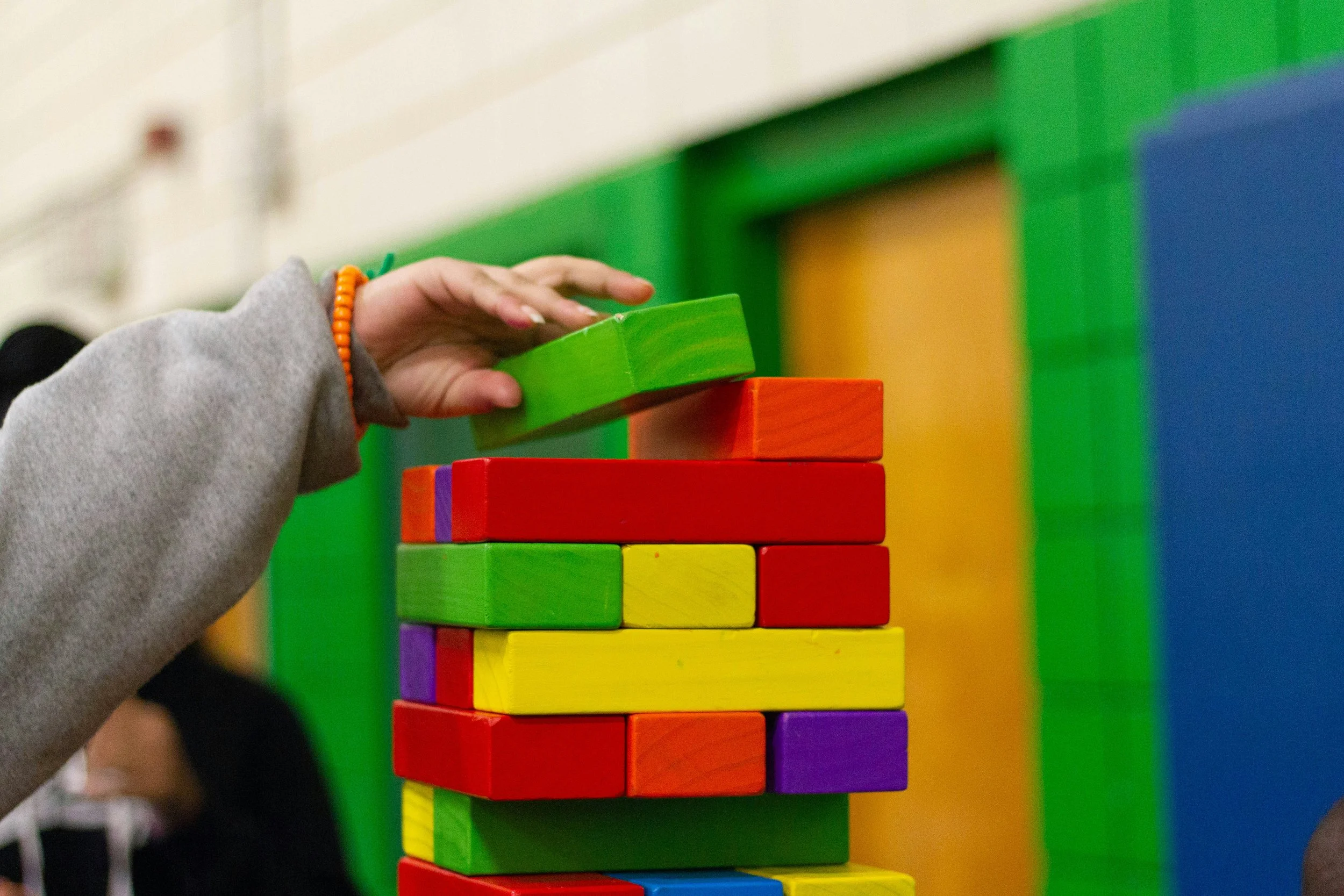Play therapy is a form of psychotherapeutic approach that is mainly focused on children.
It can be used with adults and teens. Therapists are trained to use playtime to observe and gain insights into the difficulties the child is experiencing. Through play, children can learn the ability to properly and better cope with emotions revolving around trauma, divorce, etc., and how to redirect inappropriate behaviors.
With that being said,
Play therapy does not have the intention of getting rid of anxiety, getting rid of traumas, getting rid of depression, or getting rid of anything painful or anything that feels uncomfortable such as being bullied or parents going through a divorce. Rather, the therapeutic intention of play therapy is to help (usually) children begin to feel comfortable noticing what is bothering them and finding ways to challenge it all by playing it out. Play therapy allows the child to choose what will happen who they are and who the therapist is. Having the ability to choose and change what happens gives the child the ability to gain acceptance, learn how to communicate, express feelings, modify behavior, develop problem-solving skills, and learn a variety of ways of relating to others. Essentially, when examined all together this can refer to one’s overall ability to adapt and respond to various difficulties such as divorce, loss, being bullied, and/or any form of educational/physical development, to continue to live a fulfilling life.

Since the majority of reasons that children are play therapy for happen at home, it is good to meet with parents regularly and set boundaries from the beginning. Depending on the reasons the child is there, a therapist can set aside special sessions for the family to strengthen family systems, attachment, psychodynamic, behavioral, developmental, and of course psychoeducational. This helps the family understand what the child is experiencing and the best therapeutic way to allow the child to continue to grow at home.
In Play Therapy, there are two main types of interventions a therapist will use to help the client. Directive Play Therapy: The therapist sets out with specific interventions and goals in mind. The therapist usually knows where they want to take the discussion. Toys and activities are usually chosen before the client comes. This is set to purposefully attempt to lead the child to discuss the problems at hand.
Non-directive Play Therapy: Therapists allow the child to take the lead. The therapist will normally go along with the child and do whatever is asked. This helps the child to reveal what is naturally troubling them. There are no parameters for these sessions. They don’t purposefully try to guide the child into a pre-planned conversation. As the child does whatever the therapist is given a “natural” track and follows their play themes. The main thing to remember is that non-directive therapists do not interrupt, they let the client lead everything.
Similarities: Even though non-directive and directive have very different forms, it is important to remember they can both be used to help people suffering from the same concerns and conditions. These can be anxiety, ADHD, depression, divorce, bullying, and learning issues.
OTHER COUNSELING SERVICES WE OFFER IN DENVER, CO & TAMPA, FL
We offer a variety of additional services besides brain-spotting and EMDR therapy. WellMinded Counseling also offers the following therapy services:
